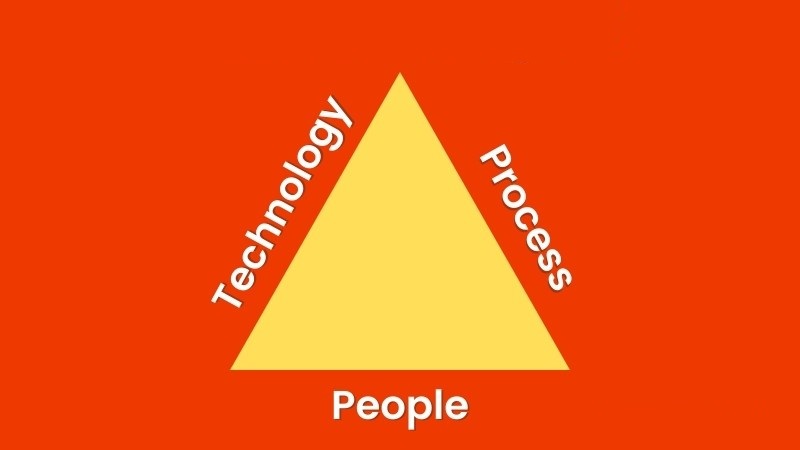Incident response is a critical aspect of cybersecurity and risk management, structured around three key pillars: People, Process, and Technology. These elements work together to detect, respond to, and recover from security incidents effectively.
1. People (Roles & Responsibilities)
Incident response is only as strong as the team behind it. Organizations must have trained personnel who can quickly and efficiently handle security breaches. Key roles include:
- Incident Response Team (IRT): Security analysts, forensic experts, and IT staff who handle incidents.
- Incident Commander: Oversees response efforts and coordinates between teams.
- IT & Security Teams: Implement security measures and assist in remediation.
- Legal & Compliance Teams: Ensure incidents are managed according to regulations.
- Public Relations (PR): Handles communication and reputation management if a breach is public.
- End Users: Employees should be trained in security awareness to prevent and report incidents.
2. Process (Incident Response Plan)
A well-defined incident response process ensures a structured approach to handling security breaches. The common framework follows six phases:
- Preparation: Develop policies, train personnel, and establish tools and protocols.
- Identification: Detect and analyze potential security incidents.
- Containment: Limit the spread of an attack to prevent further damage.
- Eradication: Remove threats from systems and fix vulnerabilities.
- Recovery: Restore operations and validate system integrity.
- Lessons Learned: Conduct a post-mortem to improve future responses.
3. Technology (Tools & Infrastructure)
Technology is essential for detecting, mitigating, and preventing security incidents. Common tools include:
- Security Information & Event Management (SIEM): Analyzes security logs for real-time threat detection.
- Endpoint Detection & Response (EDR): Monitors endpoints for suspicious activity.
- Intrusion Detection & Prevention Systems (IDPS): Identifies and blocks threats.
- Firewalls & Antivirus: First-line defense mechanisms.
- Forensic Tools: Used for investigating and analyzing incidents.
- Automated Incident Response Platforms: AI-driven solutions that help detect and mitigate threats faster.
Conclusion
A successful incident response strategy balances people, process, and technology to ensure rapid detection, response, and recovery from security incidents. Regular training, continuous improvement, and investment in the right tools help strengthen an organization's security posture.
Phelix Oluoch
Founder
PhelixCyber

